A bumper post for you today as there have been so many bank holidays recently I thought I owed you a big read.
Now that many of us live in smaller homes while house prices are still, generally speaking, going up, space has become a luxury that many can’t afford. Today I thought I would share an (edited) extract from my new book, a third of which is dedicated to The Small Home. Although it’s also worth pointing out that even large houses can have small rooms. And that if you don’t live in a small home now you might in the future.
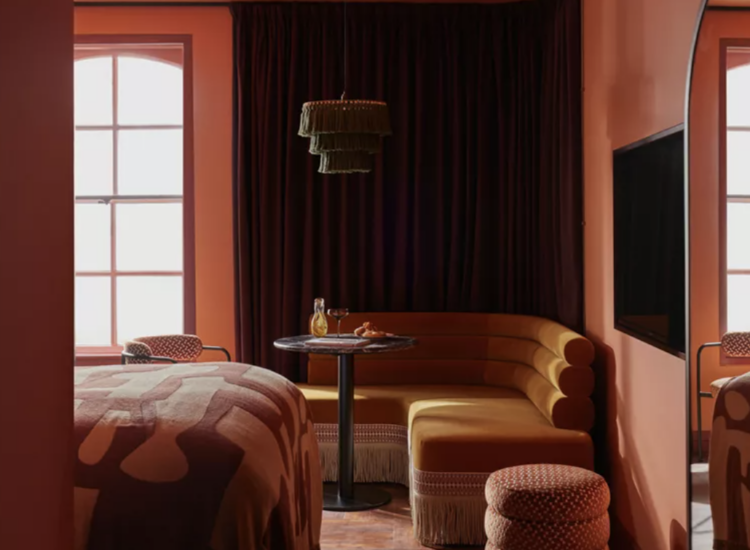
I interviewed Eric Jafari for this book, the co-founder of Locke, a brand of hotels who have taken the art of small space living to new levels. No longer is the bed the focus of the room but he and his team have worked on creating the perfect small living space (25m2 since you ask) that includes not just a bed but a seating area and a small kitchen.
I stayed in the Manchester branch a couple of years ago when visiting my son at university and was so impressed by the layout I hunted Eric down in California and managed to interview him over Zoom.
He spoke about disrupting the traditional hotel model – large bed in the middle of the room – and how it needed to be updated for modern living. The average hotel stay has increased from 2.3 days to 5.6 and guests may not want to eat out every night. But calling in a delivery may mean you have to sit on the bed, and that’s assuming you can find cutlery, the death of the mini bar may mean you have to drink your wine from a paper or plastic cup from the bathroom (assuming you can find a corkscrew) and inviting colleagues round might also mean you all have to sit awkwardly on the bed.
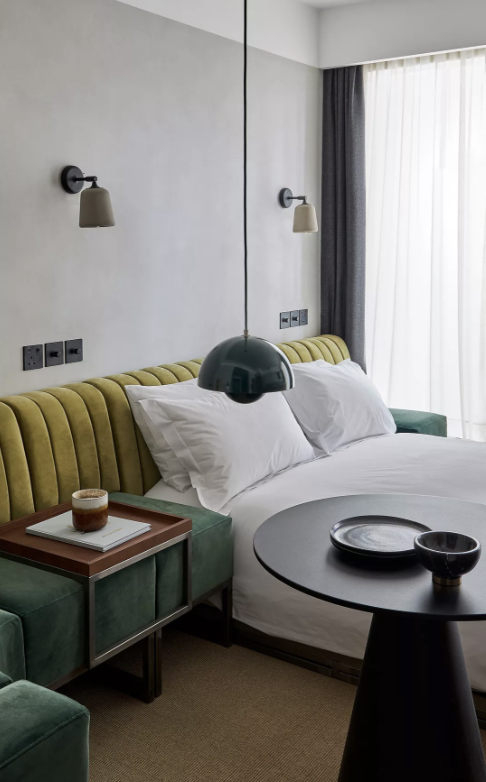
So the Locke Group has re-examined and re-invented the hotel room with the aim of creating spaces that are for living as well as sleeping. It seems obvious to say it but that has not been the focus of the traditional hotel room which was very much about a place to sleep and park your suitcase. Crucially, the Locke Group often publish the floor plans of the rooms so you can see how to incorporate their ideas into your own spaces.
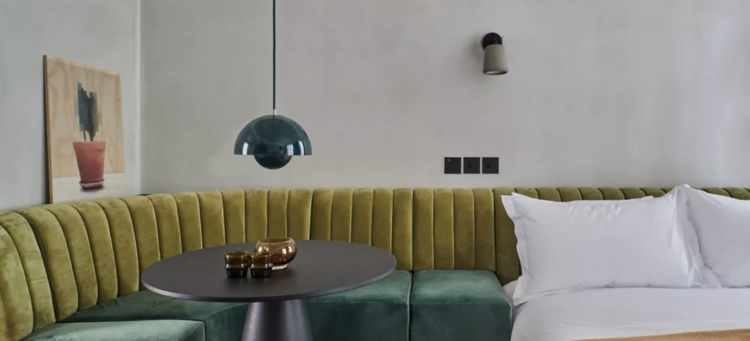
The rooms are divided by shelves or, at a lower level, the back of a sofa. An upholstered headboard might carry on to become the back of a banquette that faces a small dining or work table. In your own home you can use large plants as a screen. Controversially the televisions are left in the seating area rather than the sleeping part. And in the newest addition to the group which opens in Kensington in July, curtains have been used as dividers. A gentle reminder here to read the picture captions and also to note that these are hotel rooms not homes so you probably won’t want to take these ideas lock stock and barrel but rather interpret them for your own needs.
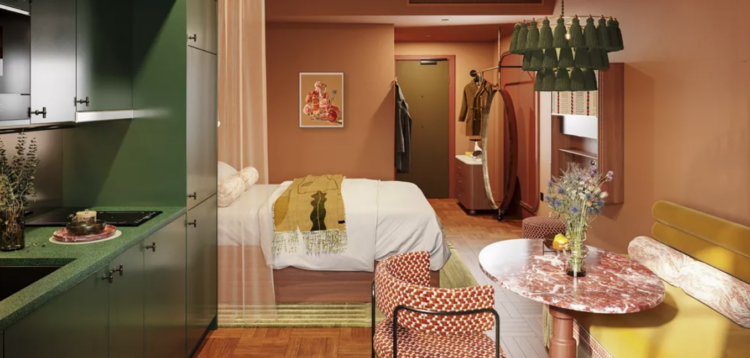
The Locke Group has taken a fixed approach to small space living while the television cook and author Rachel Khoo took a more flexible approach in her (since sold) small London flat. She created a moving wall that folded back to create one large room or small small bedrooms, the Murphy bed folds up against the wall and her side tables were mounted in motorcycle jacks so they could be raised to bar height or lowered to coffee.
You should be able to find a middle way – part fixed, part flexible – to your own small space but use them as jumping off points for ideas. And, if you are struggling to find those ideas then may I respectfully suggest that there’s a book for that – packed full of clever suggestions and tips for making the most of your own small spaces.
Here from the book are some tips for you (there are, of course, plenty more inside)
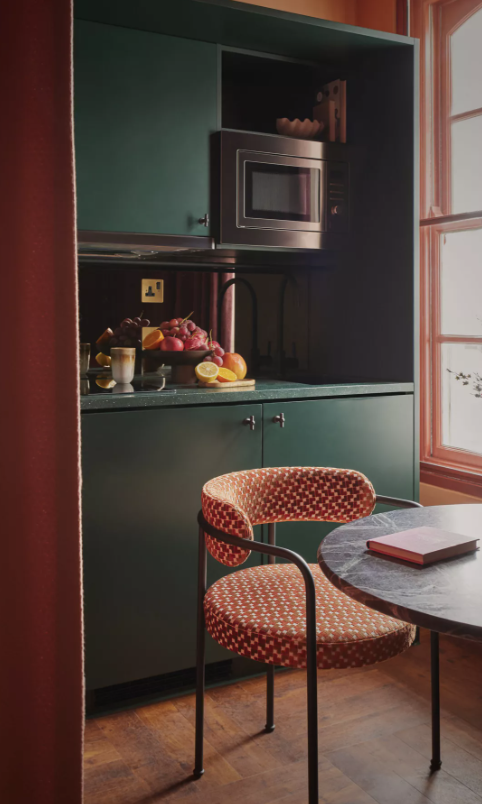
1 Decide from the start if you are someone who prefers the adaptable approach or the fixed. In other words – are you happy to fold down beds, make up sofa beds, slide tables in and out and clear tables so you can hinge them back down against the wall. Or, do you want to create a jewel box of perfectly formed small spaces that slot together and don’t move.
2 Natural light is your friend. If you haven’t got it where you want it you need to borrow it. If you own your walls you can think about creating an internal window. Or you can take a tip from the 1930s and add a window over a doorway to let light enter that way. Consider replacing solid wood doors with glass panelled ones. Failing that – mirrors – hang them where they can catch light in one room and bounce it back into another.
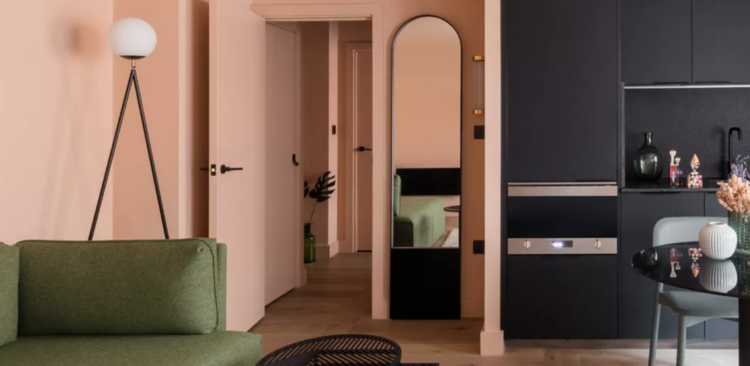
3 Built-in furniture will allow you to use every square centimetre. Whether it’s a table on hinges that folds up to be a desk or a breakfast bar and tucks away when not in use or a set of shelves in an awkward corner you will have more storage if you build in.
4 Look for antique furniture. If you’ve ever banged your head on a small doorway in an old house you will be reminded that people were smaller a hundred years ago. These days we are obessed with huge sofas and beds but period furniture is often smaller. And if you move to a larger space that chair that was perfect for a tiny sitting room will be great in a big bedroom so nothing is wasted.
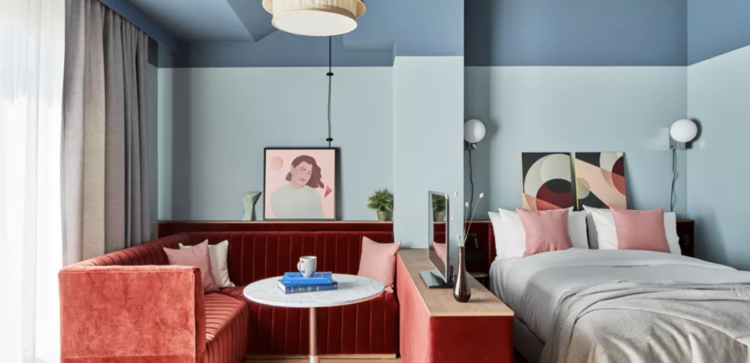
5 Talking of beds and sofas resist the temptation to buy everything small in a small home. It will end up looking like a dolls’ house. But the biggest bed and sofa you can fit and add smaller pieces like side tables or the aforementioned chairs above.
6 Don’t forget to look up. It goes without saying that if you run out of floor you should use the walls for storage but you can also trick the eye into thinking the space is bigger in other ways. The floor will also be full of furniture and flooring so take the gaze up to pictures on the walls. Hang them portrait (tall and thin) rather than landscape (low and wide) and, so they don’t appear isolated either choose large images or cluster small ones slightly higher than you might normally so you forced to look up to the emptier part of the room.
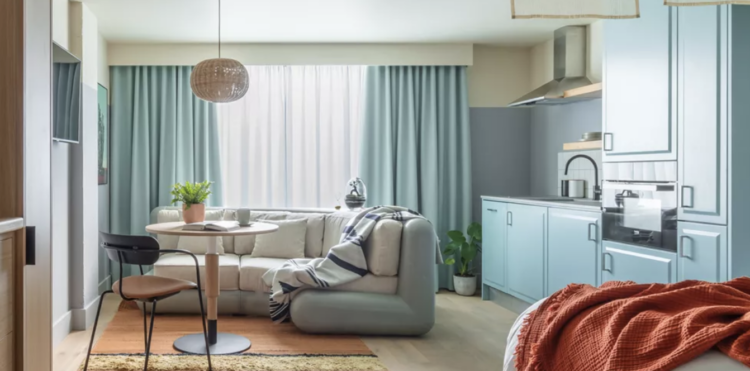
7 Keep the colour palette simple or really go for it. In other words – washing the walls, woodwork and ceiling in one colour will blur the edges of the room and keep the focus on the contents. But if that’s not your style you need to really push it so distract from the size. Wallpaper all four walls, use a colour on the ceiling and woodwork. Make a statement and own the size. Using a bold colour with white trim – the traditional way – will outline the edges and draw attention to the size. But don’t feel that just because it’s small you need to stick to pale colours if that’s not your style.
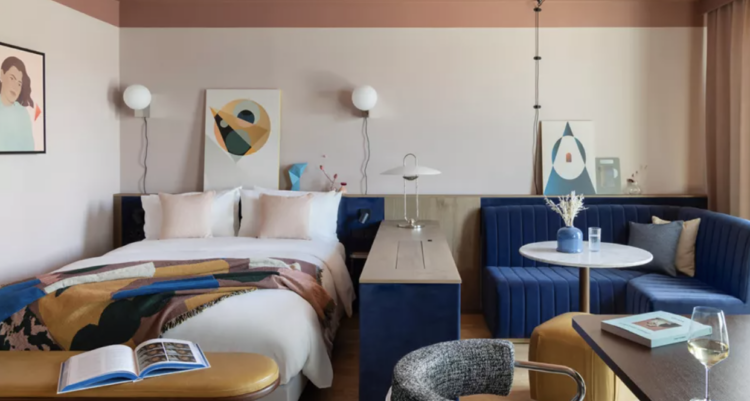
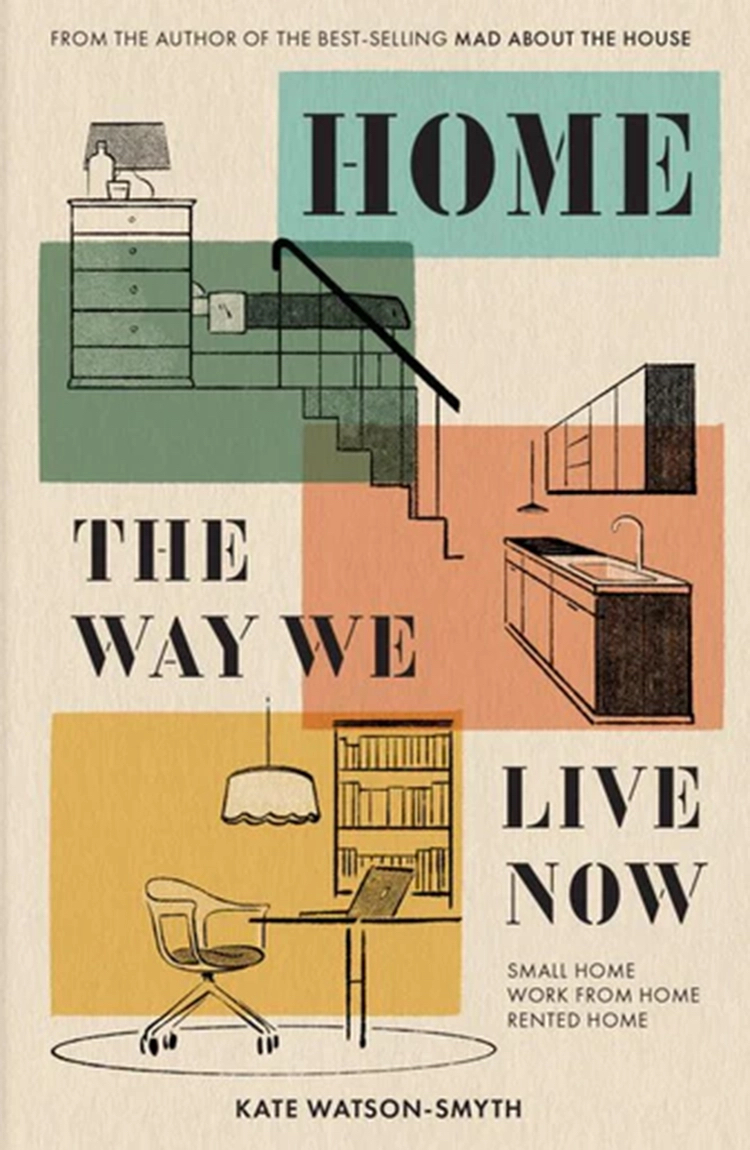






“Your plans are stunning, I love the scrupulousness and the manner in which you make a firm space.”
so great.I like your idea
My book arrived in Newport, Rhode Island US yesterday! So excited to dig in! Yay!!!
I love the banquettes! I have struggled to find a reasonably priced customer banquette supplier. Do you have any suggestions?